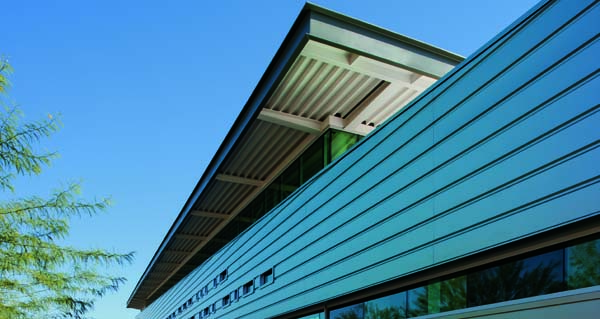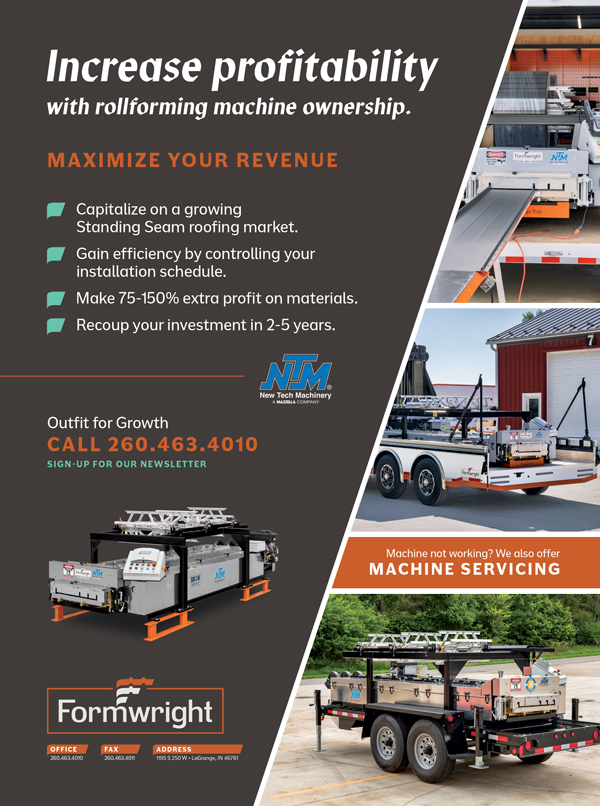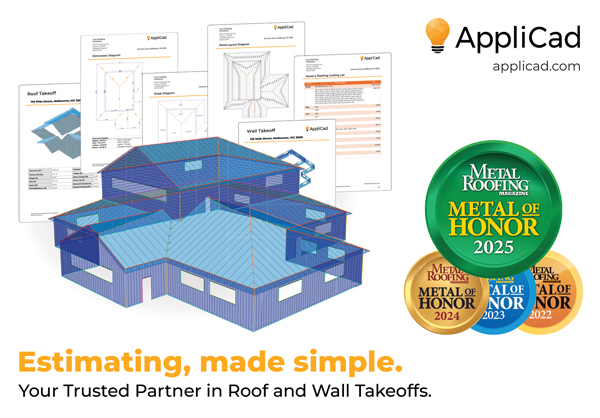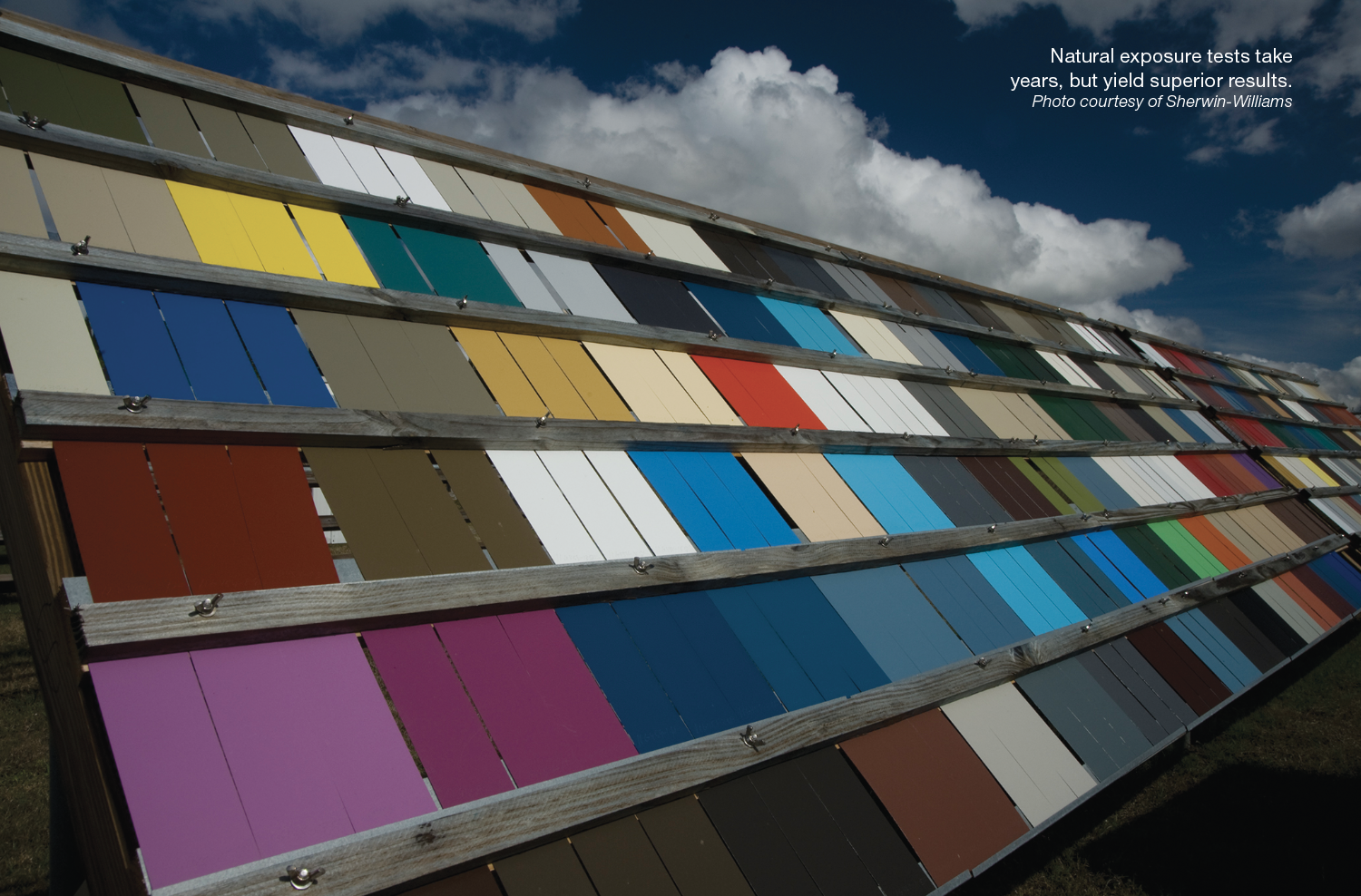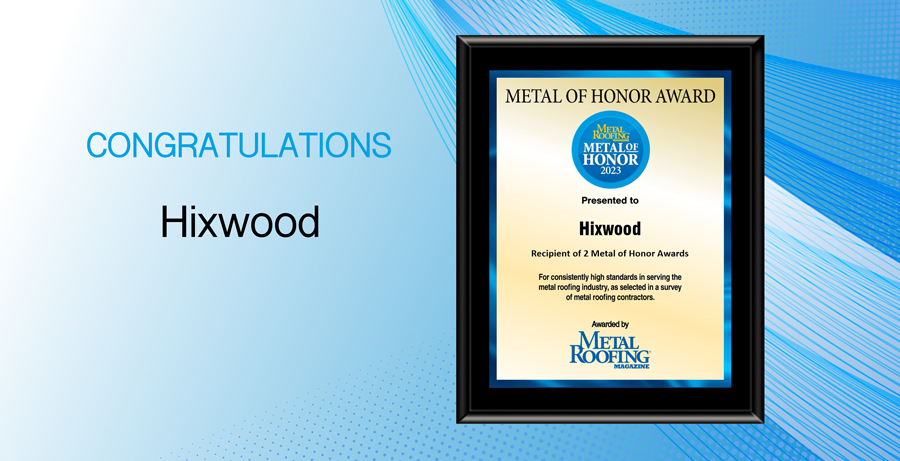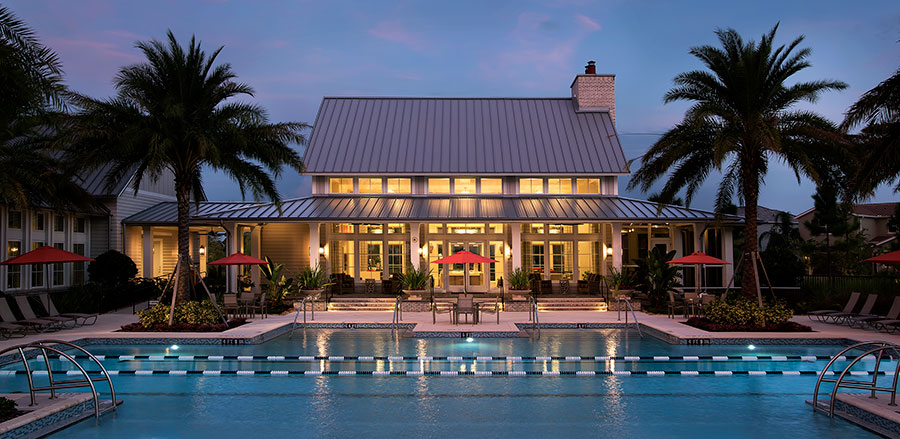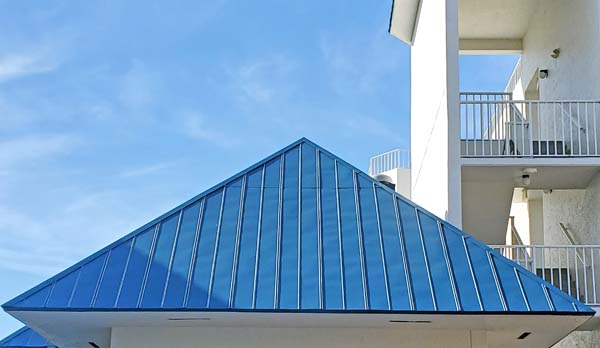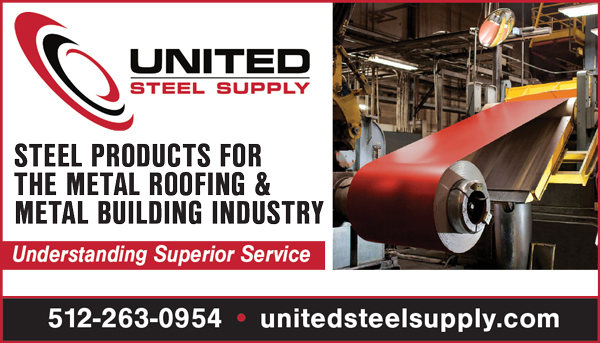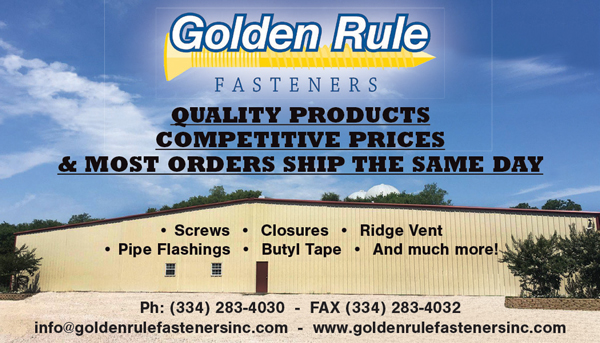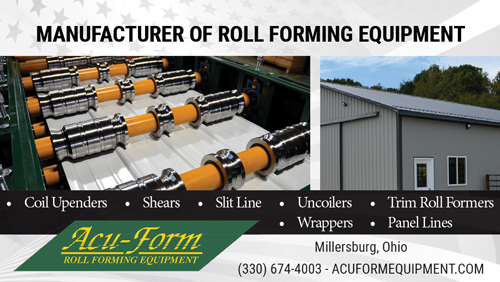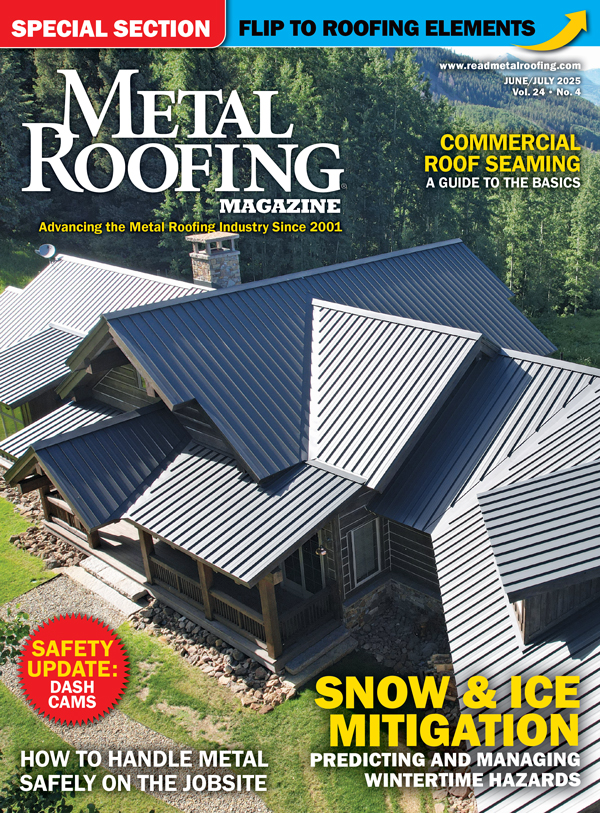The Earth is getting warmer. According to a recent study by the National Oceanic and Atmospheric Administration (NOAA), the warming rate has risen by 0.32 degrees Fahrenheit per decade since 1981. The 10 warmest years on record have all occurred since 2005, a sign that the trend is only heating up.
With higher temperatures, commercial buildings with heat-absorbing roofs generate higher-than-normal energy costs, consume more energy and produce more energy-related pollution. This type of increased heat and energy production can lead to alarming increases in smog and ozone.
Newer cool metal coil coatings offer building owners a solution that addresses these significant challenges, while offering architects and designers a wide-range of appealing roofing aesthetics.
The Heat is Off
Innovative cool coatings are driven by infrared reflective (IR) technology that deflects solar heat and resists heat buildup, which helps buildings to stay cooler for longer with less energy for air-conditioning.
Reflective and emissivity degradation data reported by the ORNL revealed that panels exposed in different regions in the United States show only a five percent loss in reflectance for an exposure period of three years for low- and steep-slope roofs with cool coatings.
Other roofing substrates, such as PVC and EPDM, lose reflectance much sooner and require a high degree of maintenance to equal the performance of metal roofing protected with cool coatings.
These types of cool coatings are becoming more important for commercial buildings in urban areas in an effort to reduce the “urban heat island effect.” According to the Cool Roof Rating Council, an urban heat island occurs when a city is hotter than the surrounding areas due to dark surfaces like roofs and roads that absorb heat from the sun and have less shade, vegetation and tree coverage. Higher-than-average temperatures are only exacerbating the effects of these urban hot spots.
But the sustainability advantages of cool roof coatings aren’t limited to energy savings.
The high percentage of recycled materials in metal roofing, coupled with the use of cool coatings to protect them, help to achieve LEED ratings, which is of growing importance. In fact, cool coatings are now required by California’s Building Energy Efficiency Standards for Residential and Nonresidential Buildings.
Looking Cool
While keeping a building at comfortable temperatures by reflecting sunlight and absorbing less heat is the primary objective of cool coatings, they also offer great aesthetic opportunities.
Cool coatings can be specified in an array of light, medium and dark colors. New innovations in cool coatings also pair long-lasting color performance with exceptional fade resistance to bring a cohesive and long-lasting aesthetic to a building’s metal roof.
This is due, in part, to silicone-modified polyester chemistry that improves weather resistance while maintaining gloss and color fastness longer than conventional coatings.
Specifically, cool coatings like PPG Duranar® VARI-Cool coatings—as part of its ULTRA-Cool® family of products—are produced with special-effect pigments made from silicone dioxide platelets that are specially coated with metal oxides. These pigment particles create color travel, allowing the colors to change subtly depending on the viewing angle and how the light refracts their surface area.
Introduced in 2001 as the metal building industry’s first commercialized set of cool coatings, ULTRA-Cool represents a breakthrough in metal roof coatings, as it helps meet regulatory and environmental requirements while providing architects and building owners with a full palette of colors that can create lasting design legacies. MR
Gary Edgar is the national coil and extrusion specification manager for PPG Building Products. More information: 1-800-258-6398, ppgindustrialcoatings.com.
By Gary Edgar
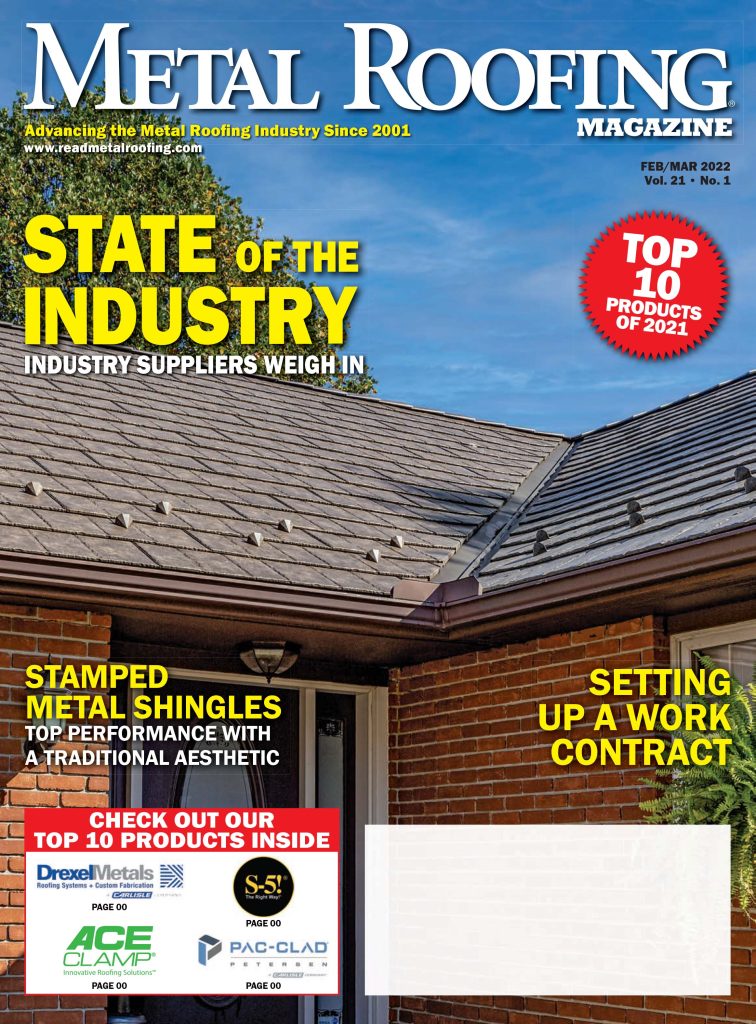
Sign Up For A Free Subscription
Anyone who is involved in the construction trade is welcome to sign up for a free print or digital subscription to Metal Roofing Magazine, which has been advancing the metal roofing industry since 2001. This go-to resource for metal roofing professionals is published 7 times per year.


